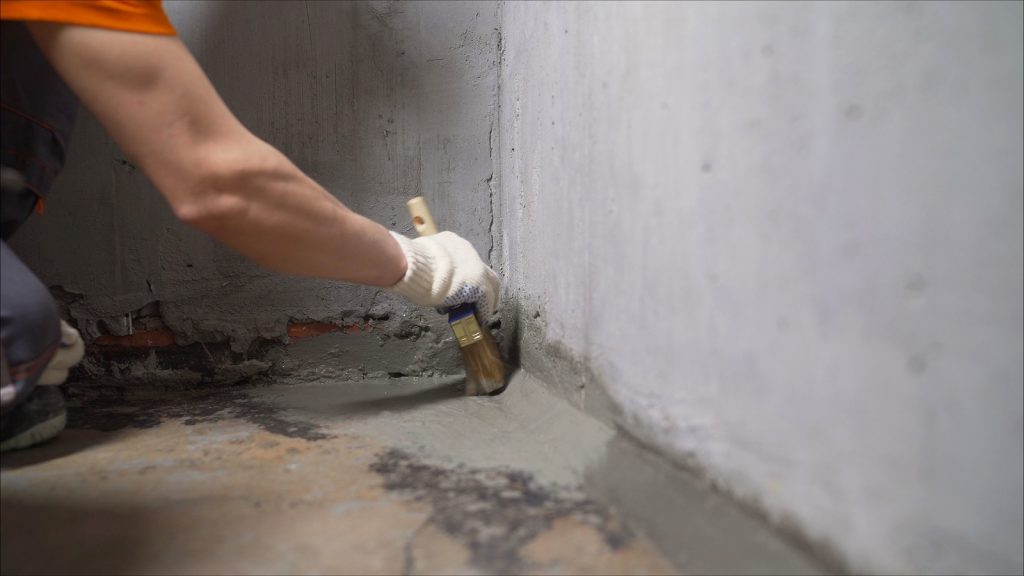In order for engineered infrastructure, no matter what it is, to perform in the way that it has been designed, it’s essential that waterproofing is carried out so that these structures are able to either retain water, chemicals and other liquids, or to prevent them from entering said structure in the first place.
These concrete waterproofing systems are essential and can be used in a wide range of applications, whether it’s something on the smaller side such as water features and terraces or something bigger and potentially more complex like car parks, basements, balconies, roofs and chemical storage bunds.
Before waterproofing can take place, surface preparation is required, which can include a variety of different techniques, from abrasive grit blasting and diamond grinding to high pressure water jetting and hot compressed air, essential in order to maximise the effectiveness of the different systems available.
Concrete is especially vulnerable to chemicals because it is permeable, alkaline and reactive, although these characteristics will vary depending on the type of concrete being used.
Be aware that even the very best concrete out there will be permeable to some degree and fluid penetration into the material can often be accompanied by a chemical reaction with aggregates, cement and embedded steel.
Where concrete structures are concerned, waterproofing is necessary in order to protect the structural components of the material and the embedded rebar, as well as to keep moisture out of facilities. If the concrete’s integrity is maintained, it will remain waterproof – but it can crack both before and after hardening, and these cracks mean that moisture can infiltrate.
Concrete is also vulnerable to moisture infiltration at certain locations in the material, such as control and expansion joints, as well as tie rod holes and penetrations, and internal drains.
Interestingly enough, water is actually a vital component in the making of concrete and the moisture it provides gives the material its strength during the curing process. But when there’s too much water, it can actually be very destructive indeed.
Sources of excess moisture include leaks, poor ventilation, no vapour barriers, moisture rising up from beneath slabs, groundwater and poor drainage, high humidity, no climate control and not allowing the concrete to dry and cure properly in the first place.
Corrosion of the reinforcing steel inside concrete can prove to be particularly problematic and the best way to go about preventing this is to inhibit the penetration of water, CO2, oxygen and salts from the surface of the concrete… which is why waterproofing systems are so very essential.
If you’d like to find out any more about these systems, whether it’s epoxy-based coatings, cementitious renders, sheet membranes or roller applied liquid membranes, get in touch with Foreva Concrete Repairs today.

